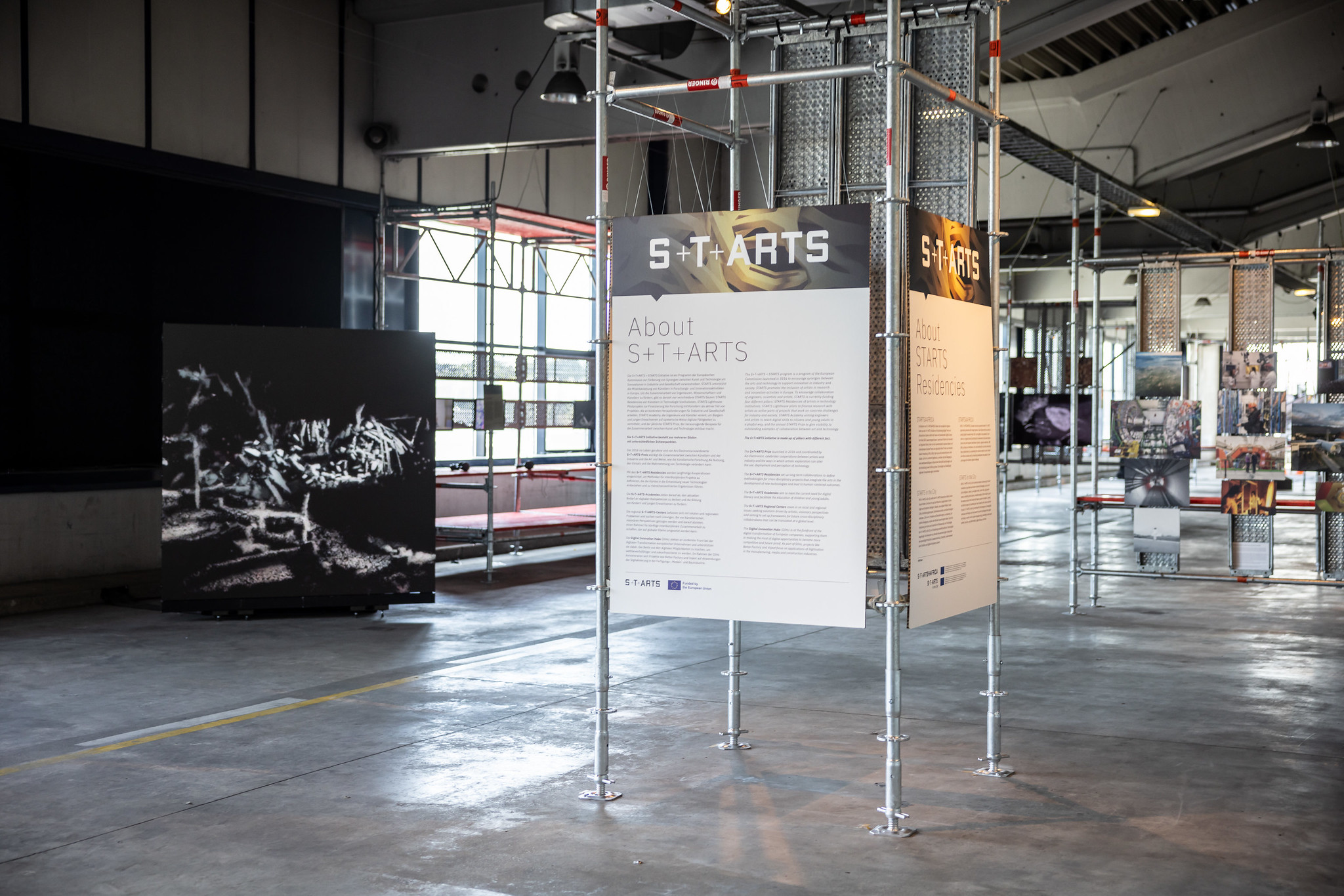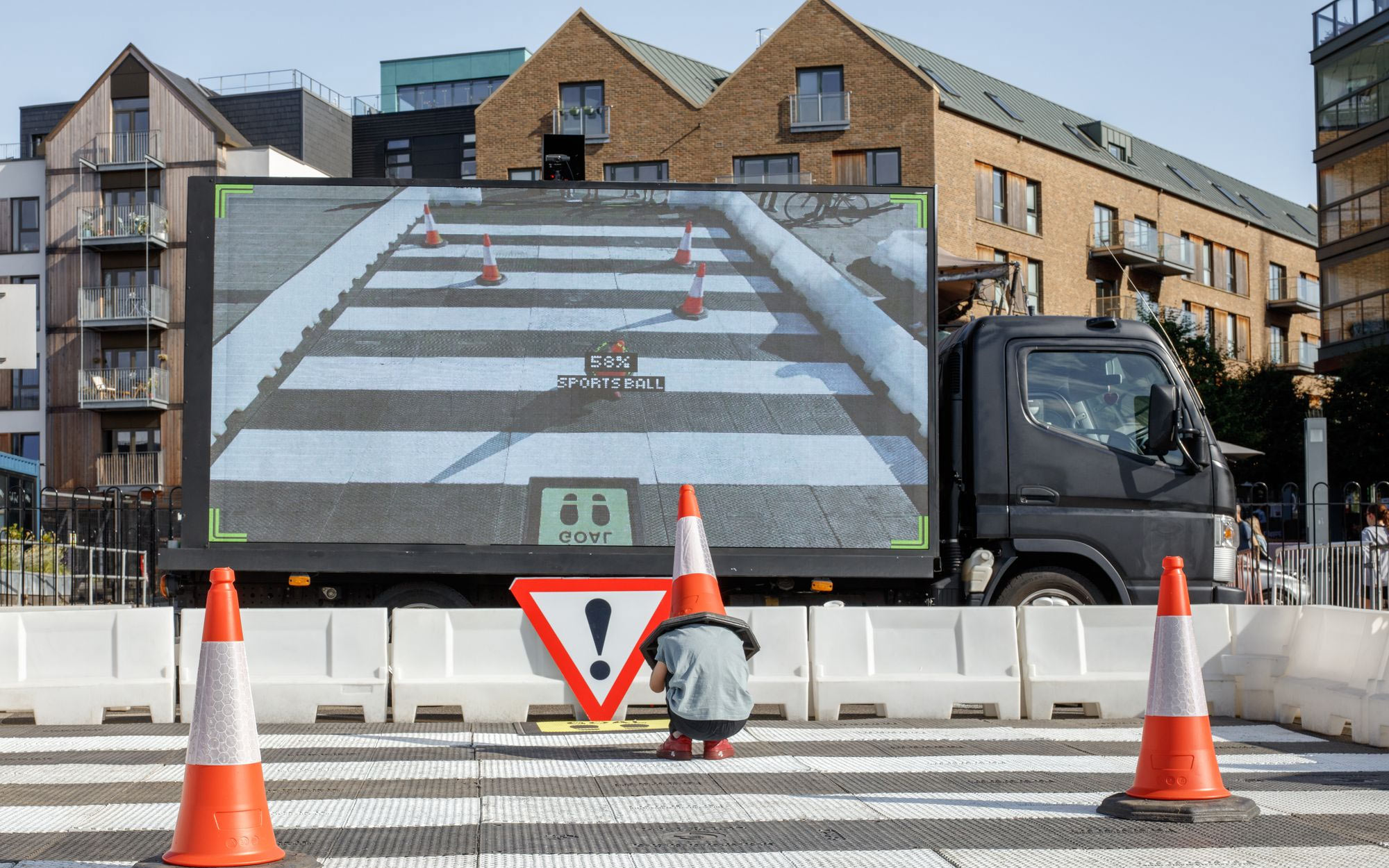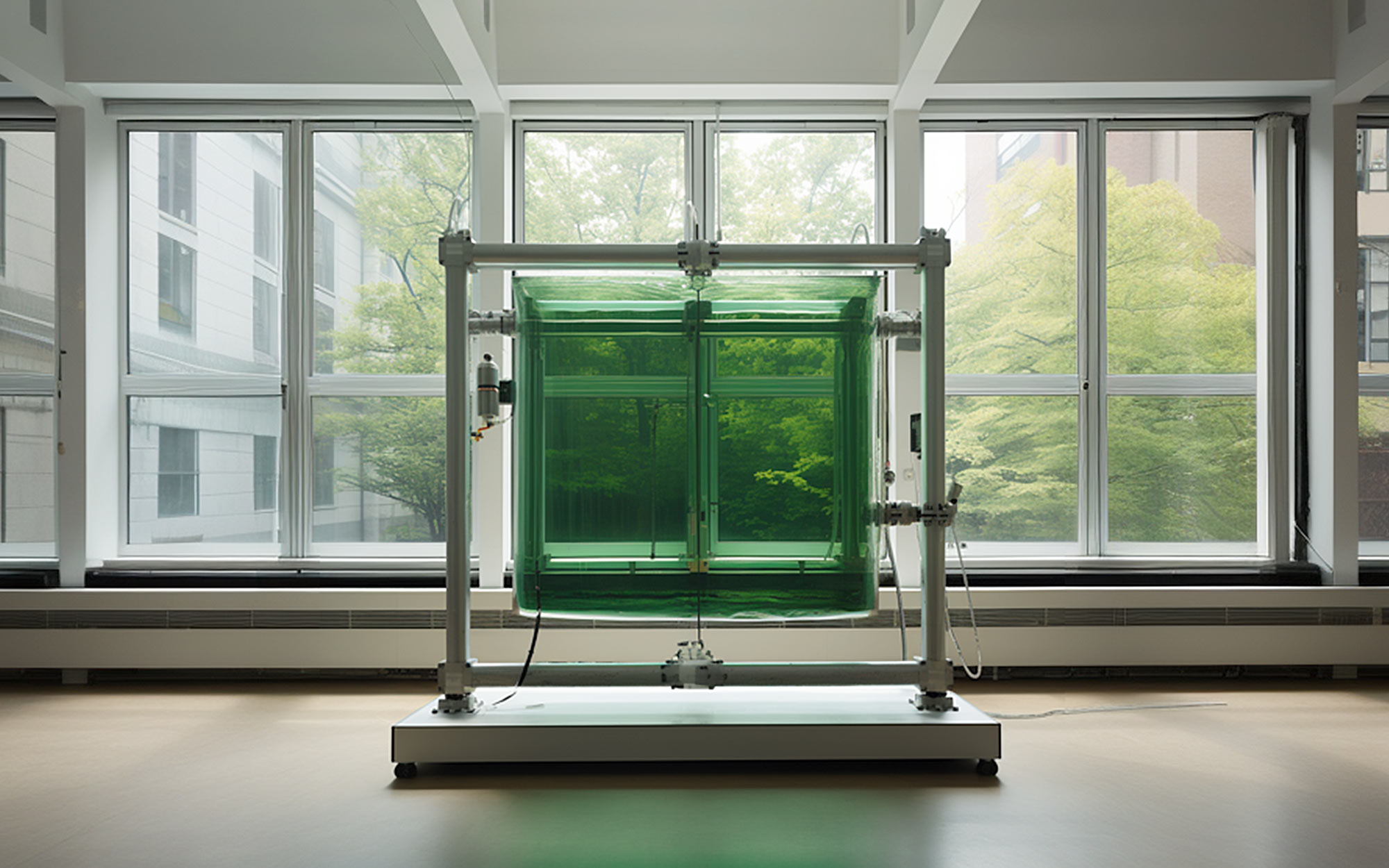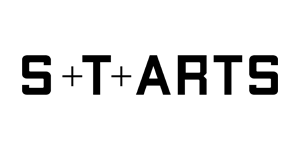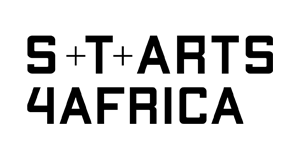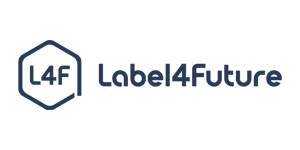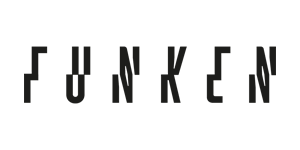Where Artists Shape Innovation
Masha Zolotova (RU) / Co-Curator STARTS Exhibition
The triangle of science, technology and art has emerged as a catalyst for creative solutions and alternative visions for our present and future. Why? Because it—and art above all—produces the disruptive innovations we need to become more empathetic and determined in our way to confront pressing issues. How can we contribute to fostering a culture where the arts, science and technology thrive as interconnected and mutually enriching modes of exploration, knowledge and discovery?
The STARTS exhibition sheds light on the impressive and wide-ranging roles of artistic and creative communities, showcasing their potential to act as inspirations and driving forces during these times and beyond. From individual artists to larger institutional efforts, the exhibition highlights projects and initiatives that are actively working to bring about change through their innovative ideas and actions.
The exhibition opens with Calculating Empires: A Genealogy of Power and Technology, 1500-2025, a large-scale visual manifesto by Kate Crawford and Vladan Joler. It not only maps our technological present based on a five-century-long history but also encourages us to rethink how we relate to today’s social, political and technological systems. By asking how we got here, the artists call for the reflection on what the next step might be.

POSTCITY
WED Sept. 4 – SUN Sept. 8, 2024
Access to this exhibition on the 1st floor of POSTCITY is free of charge.
A Way Forward
But is it the only way to look into our past, and, thus, to think about our future? There is no singular view of history; instead, there is a multitude of perspectives that highlight the necessity of foregrounding as a catalyst for dialogue and collective actions those that have been previously oppressed.
With the help of technologies, the artists gain the opportunity to bring their rich cultural knowledge to the global stage and safeguard it in an open and transparent manner, to foster a deeper understanding and connection to their heritage, to engage with the audience and provoke thought. The artworks presented not only contest the history, but also empower communities to actively react to the unfairness as in the Balot NFT project that becomes a radical model of restitution of both stolen art and occupied land. The only way to move forward is to acknowledge the role of situated knowledge in the process of invention and innovation. By examining the power structures of the past, we can learn valuable lessons and understand how technologies contribute to reshaping our narratives, offering hope for a more inclusive future.
Artistic Perspectives
What are the next steps? Artistic and creative communities have great potential in shifting the paradigms by bringing their alternative perspectives to the public attention. They continuously question established norms, seek ways to contribute to a more inclusive, accessible and empathetic world.
The exhibition features striking creative solutions and artistic-driven innovations of different scales: from individual artistic efforts, DIY prototypes and community-led experiments to multidisciplinary collaborations and large-scale long term partnerships. In their unique manner, the artists question the status quo of technologies today and develop alternative solutions, in order to rethink them in an environmentally friendly way, to adapt the most vital of them to harsh environments or reinforce them by merging with historical methods and practices. The artists also provide insights into otherwise mystified processes, helping to improve citizens’ technological literacy, especially in connection with the rapidly developing field of AI. This is particularly crucial in times when technological advancements go hand in hand with social and economic innovation.
Infrastructures of Power and Care
Who can help the artists in this endeavor? Institutional support plays a crucial role in nurturing the field’s sustainability and in fostering further experiments. This support ranges from facilitating and mediating dialogue between stakeholders in art, science and technology, to building frameworks and providing access to large-scale infrastructures such as CERN, the European Organization for Nuclear Research, or High Performance Computing Centers. Initiatives as STARTS, and programs as Arts at CERN or FUNKEN Academy, illustrate the transformative potential of well-supported infrastructural frameworks not only with bringing the participants together and initiating encounters with attention to all actors involved, but also with dissemination the approach and methodology to the wider community and stakeholders. These infrastructures are essential for achieving transnational scale and for providing the visibility to enable further development.
[Collaborative] Solutions
What could be the result of these collaborations? The fruitful interactions established between art, technology, science and industry can lead to groundbreaking outcomes not only from the perspective of the artists, but also participating industry partners, like small and medium enterprises, as well as decision-, policymakers and society in general. This exhibition showcases inspiring examples of such collaborations that with new products help rethink the traditional approaches, bringing creativity into an industry accustomed to conventions; develop new practices with advanced 3D printing technologies and new solutions to move beyond conventional industrial interaction protocols with robots on production sites.
It is precisely these forward-looking approaches and the associated paradigm shifts that the European Commission sets out to promote with its STARTS initiative—Science, Technology, Arts. Ars Electronica currently participates in three STARTS projects: STARTS Ec(h)o, STARTS in the City and STARTS4Africa funded by the Horizon Europe Programme of the European Union and DG CNECT. This exhibition features not only their outcomes as the selection of STARTS Prize and STARTS Prize Africa winners and the projects developed in the residency framework in STARTS4Africa and STARTS in the City, but also in the context of FUNKEN Academy, co-funded by the Creative Europe Programme of the European Union. Part of the exhibition is presented in the context of Label4Future, funded by the European Union.
-
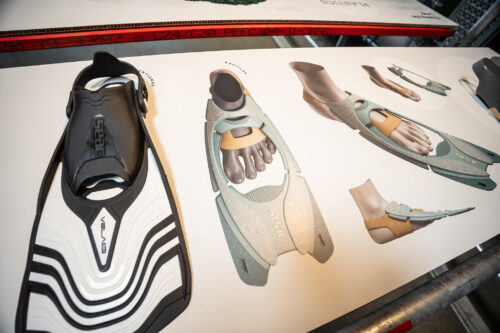
ARTIFACTS FOR A SCUBA DIVING UTOPIA
NMASA Design / Javier Masa (SE)
Speculative design solutions for the environmental challenges of the diving sector.
-
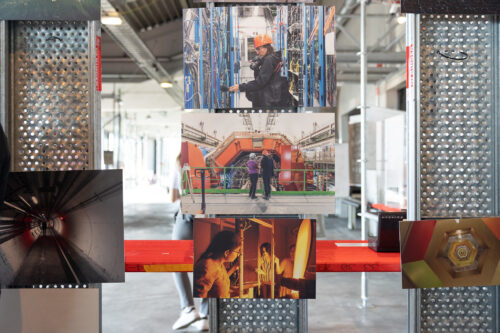
Arts at CERN
Arts at CERN is the arts programme of CERN, the European Laboratory for Particle Physics in Geneva, Switzerland. Since 2012, when the first residence arrived, we have invited artists to experience how physicists and engineers use the world’s largest and most complex scientific instruments to explore the big questions about the Universe. Arts at CERN…
-
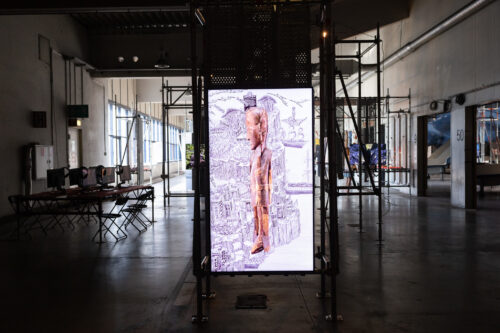
Balot NFT
Cercle d’Art des Travailleurs de Plantation Congolaise (CATPC), CD
The Balot NFT puts digital ownership of culture into the hands of the many and helps buy back land once stolen. In a radical new model of restitution, NFT technology becomes a tool for decolonization.
-
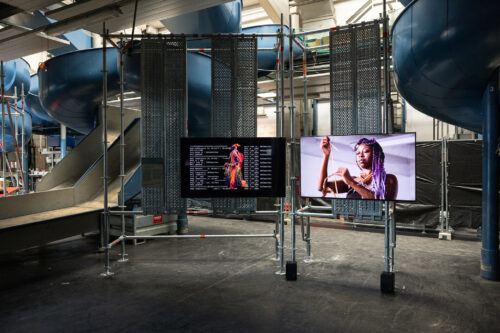
Black Body Radiation: Rescripting Data Bodies
Ama BE (GH/US), Ameera Kawash (PS/US)
Black Body Radiation: Rescripting Data Bodies is a collaborative art project by Ameera Kawash and Ama BE. It reimagines relationships between embodiment and datafication, interlinking live performance, AI-generated avatars, and body sensor networks to challenge dominant configurations of identity, data and commodification. Drawing from African masquerade and the concept of avatars, it integrates live performance…
-
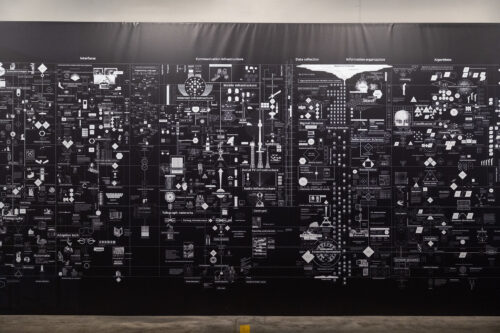
Calculating Empires
Kate Crawford (AU), Vladan Joler (RS)
Calculating Empires is a large-scale research visualization and physical installation exploring how technical and social structures co-evolved over five centuries. It traces technological patterns of colonialism, militarization, automation, and enclosure since 1500 to show how these forces still subjugate and how they might be unwound.
-
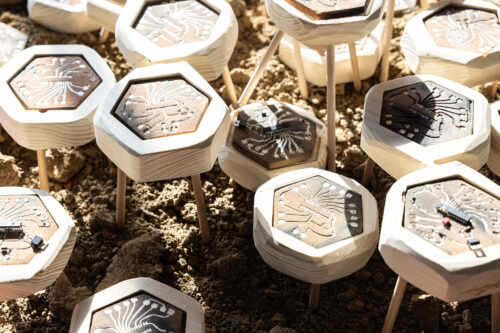
Clay PCB
Patrícia J. Reis (PT), Stefanie Wuschitz (AT)
The project utilized artistic processes to unravel the ecological impact and human rights violations inherent in hardware production. The goal was to raise awareness and generate knowledge on alternative commodity chains for hardware production. Following principles of de-growth, it called for decentralized, ethical and sustainable forms of manufacturing electronics. Building on their expertise in queering…
-
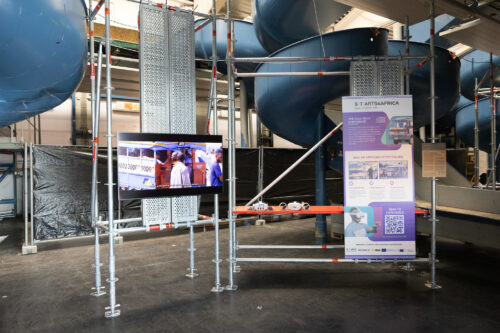
Daladala Verse
Aurelio Mofuga (TZ)
Daladala Verse is the convergence of the mobility stories of the past and future, narrated using XR technologies, blurring the line between tech, art and culture while paying homage to Tanzania’s longest-serving public mini-bus transportation called Daladala.
-
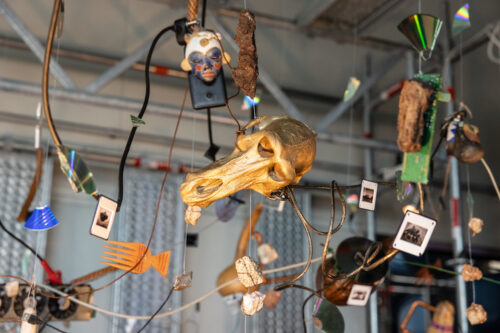
Dzata: The Institute of Technological Consciousness
Russel Hlongwane (ZA), Lo-Def Factory—Francois Knoetze (ZA), Amy Wilson (ZA)
Dzata: The Institute of Technological Consciousness is an artistic research project by South African artists Russel Hlongwane, Francois Knoetze and Amy Wilson. In fabricating a fictional institute and its archive, the artists imagine centuries-old vernacular technological practices from across the African continent. The work takes the form of video, a creative-critical text, sculptural masks, costumes…
-
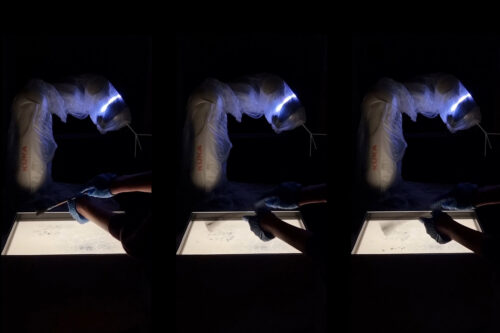
Embodied Trajectories
Begüm Hamzaoglu (TR), Karl Singline (AU), Johannes Braumann (AT)
This empirical study reveals how robot programming transcends mere automation, unlocking new layers of knowledge. Focusing on the generative potential of implicit knowledge within the maker’s hands, particularly in marbling, it develops a computational workflow that captures and translates hand movements. By utilizing the robot’s kinematics, it decodes the creation of unique patterns through rhythmic…
-
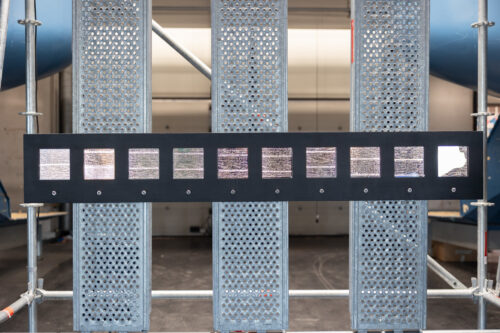
FUNKEN Academy
The projects developed and featured in the framework of FUNKEN Academy showcase artistic experiments with different scientific topics, as data, fungi or DNA.
-
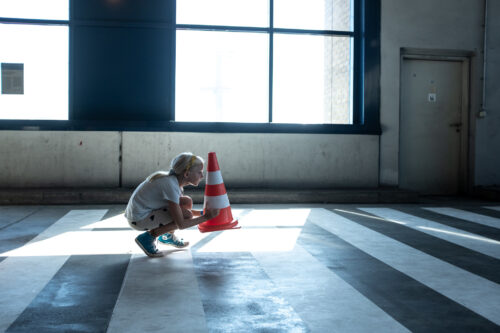
How (not) to get hit by a self-driving car
Tomo Kihara (JP), Daniel Coppen (GB)
Game installation that challenges people to cross the street without being detected by an AI. How (not) to get hit by a self-driving car is a game installation that challenges people to cross a virtual street undetected by an AI-powered self-driving car simulation. By disguising themselves to avoid detection, players expose both the system’s blindspots…
-
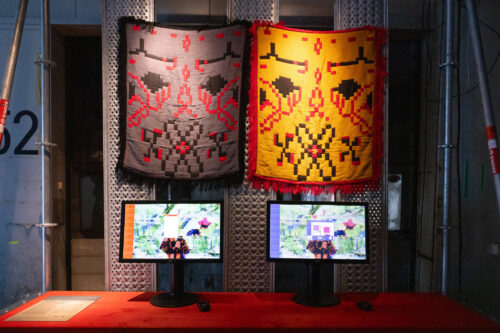
I.AM.ISIGO Digital Mystery System
Bubu Ogisi (NG)
The I.AM.ISIGO Digital Mystery System bridges the physical-digital divide by preserving and disseminating knowledge of ancient and endangered weaving techniques in Africa. This project is based on I.AM.ISIGO‘s extensive research into remote African artisan communities, aiming to map these significant cultural practices. The tool serves as a digital archive, preserving intricate knowledge systems for future…
-
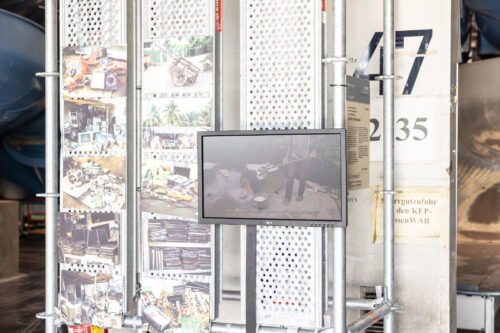
Into the E-Metropolis
Akwasi Bediako Afrane (GH), Anwar Sadat Mohammed (GH), Cyrus Khalatbari (FR/CA)
Into the E-Metropolis is a workshop-based initiative that focuses on reshaping the narrative of Ghana’s relationship with electronic waste.
-
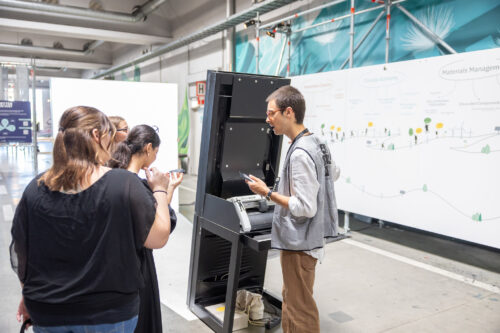
Invisible Voice
Mark Farid (GB)
Invisible Voice reimagines online advertising to create meaningful social impact instead of profit. Debuting at Ars Electronica as an advertising board, Invisible Voice identifies the brands you are wearing or holding and displays related subvertisements and news headlines. When approached, the screen reveals data on environmental impacts, corporate accountability, financial conduct, human rights, and more…
-
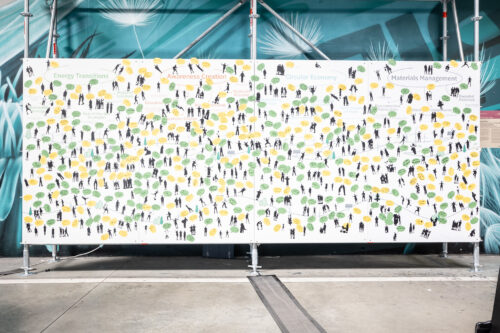
Linz Center of Mechatronics (AT) Shadowgram: Collective visions on sustainability and circular economy
A mechathon approach by Linz Center of Mechatronics and the Ars Electronica Futurelab Ars Electronica Futurelab’s innovative social brainstorming Shadowgram offers a unique blend of creativity and practicality, providing an engaging platform for collecting inspiring and thought-provoking projects. Together with the Linz Center of Mechatronics, Ars Electronica is inviting audiences this year to share their hope-giving…
-
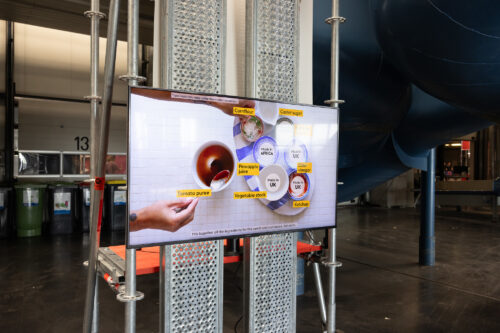
Low Carbon Chinatown
Ling Tan (UK/SG)
Low Carbon Chinatown is an interactive urban intervention, participatory platform and meal-as-performance, founded on AI and data science, addressing the Climate Crisis through the lens of global agri-food systems. With Asian Chinese diasporic food culture as a starting point—for its popularity and perceived high-carbon footprint due to imports—the project engages large groups of East and…
-
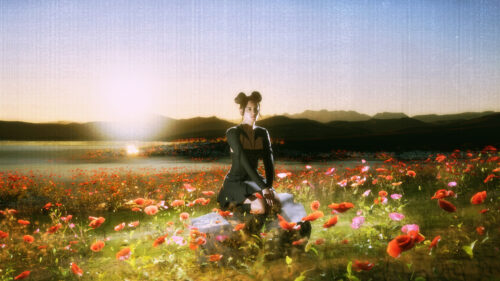
Maria CHOIR
Maria Arnal (ES)
Maria CHOIR is an immersive human-AI musical installation that invites participants to explore the boundaries of singing and listening through real-time interaction with an AI that evolves with each interaction, becoming a choir. This artwork is not just an artistic experiment; it is also a social experience of building novel AI musical live tools, collective…
-
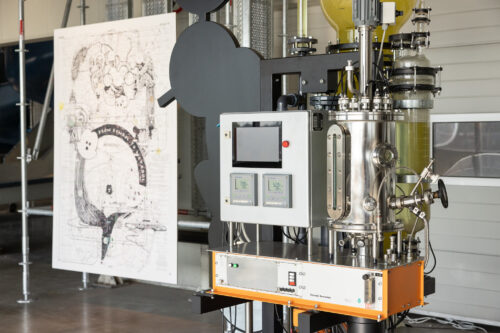
METABOLICA
Thomas Feuerstein (AT)
METABOLICA tells a story about the cycles of life that involve nature, economy, politics, art and science. Using the metabolism of microorganism, a new material for sculptures is produced and partially degraded to create new forms and aesthetics. While art traditionally operates on a symbolic and pictorial level, METABOLICA explores molecular processes and biochemical working…
-
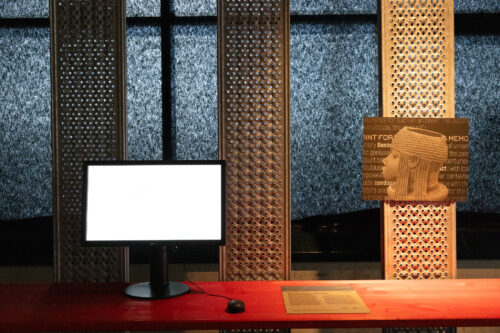
Metadata Memoir
Minne Atairu (NG)
Can a decentralized, semi-automated archival system effectively document repatriation data of the Benin Bronzes—a collection of over 4,000 secular and sacred artifacts looted from Benin Kingdom (present day Edo, Nigeria) in 1897?
-
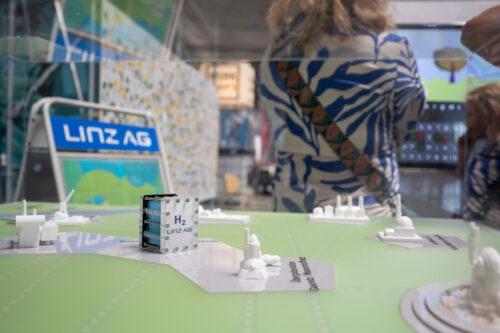
Model H2-Vision: Energy Transition in Action
A Project by the H2 team and the LINZ AG apprenticeship workshop Welcome to our interactive model—immerse yourself in four vivid scenarios illustrating the integration of hydrogen into our future energy system: scenarios of the current energy system in summer and winter show energy flows of today that are independent from each other.
-
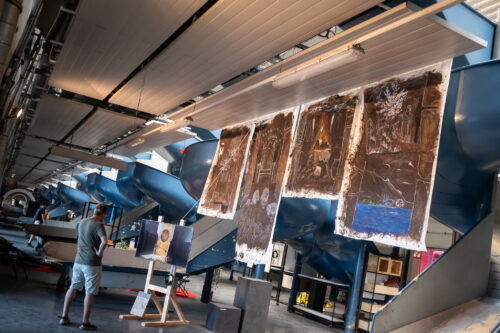
RECALL: Spirit of the Old
Jibril Baba (NG)
This project is an exploration into ancient food and water storage practices in northeast Nigeria. It is a deep reflection that looks back at the activities of farmers in the preceding periods, their preservation strategies, and collective imaginative capacity. To draw from their own learning, dreaming, and doing, and then using modern technology to reinforce…
-
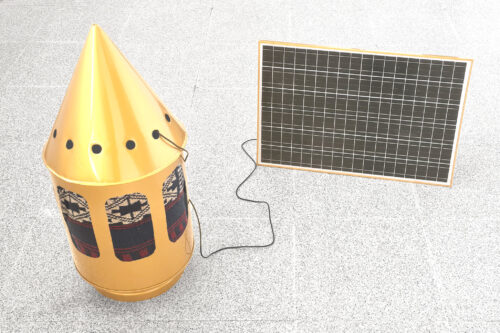
Revolution Refridge
Rojava Center for Democratic Technology & Dani Ploeger (AANES /SY)
Revolution Refridge is a cooling technology for socialist anarchist futures, developed in the context of the Rojava Revolution in North-East Syria. The device integrates historical refrigeration methods with contemporary solar power, drawing from the aesthetics of sci-fi and regional folklore.
-
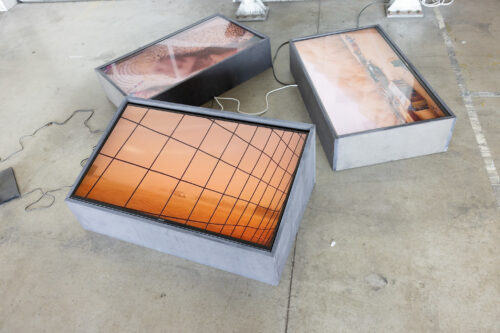
Sand Gardens
Mohamed Sleiman Labat (EH)
Sand Gardens is an art installation that presents a story of how the Saharawi people are creating a new kind of farming practice using the most common element around them: sand! The installation consists of five chapters from the film DESERT PHOSfate playing on loop in monitors planted in the sand. Sand as a material…
-
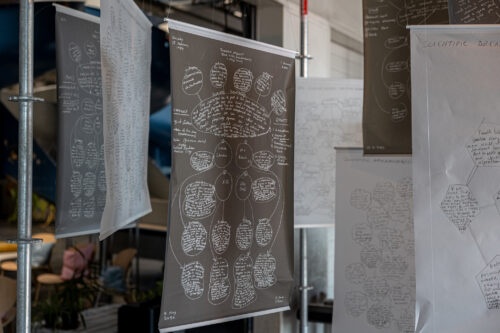
Scientific Dreaming
Suzanne Treister (GB)
Through creative writing workshops, Suzanne Treister sought to unlock the unconscious imagination of CERN physicists and engineers. Imagining hypothetical scientific breakthroughs, they envisaged positive futures and explored the potential impacts of these advances on this world and beyond. Science fiction stories about dark matter, limitless clean energy, and a theory of everything in physics emerged,…
-
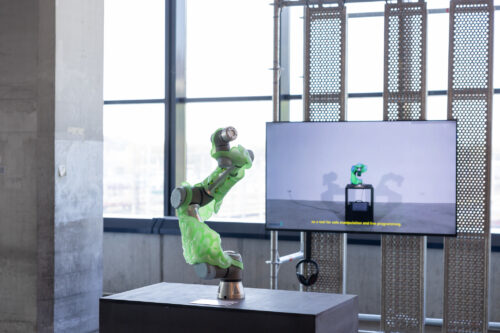
Soft Collision
Anna Schaeffner (FR)
Soft Collision (2024) looks at the potential of safe physical interaction by embracing collision rather than avoiding it. A deformable, pneumatic membrane which serves as a tangible interface to foster direct manipulation and live programming makes interactions more intuitive and inclusive. The intensive collaboration between the artist and technical partners has been crucial in moving…
-
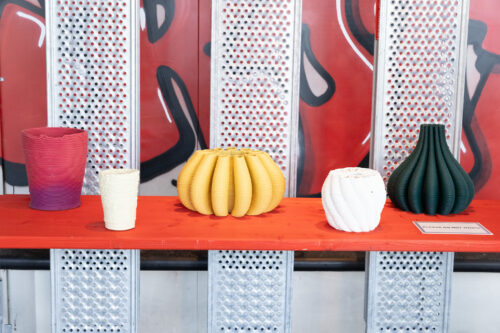
Stone Printing
Isaac Monté (BE)
With Stone Printing I redefine the possibilities of 3D printing by introducing a novel approach that is not only environmentally friendly but also artistically innovative. At the heart of Stone Printing is a self-developed cutting-edge, eco-conscious material. This is developed from CaCO3, a byproduct of the limestone industry.
-
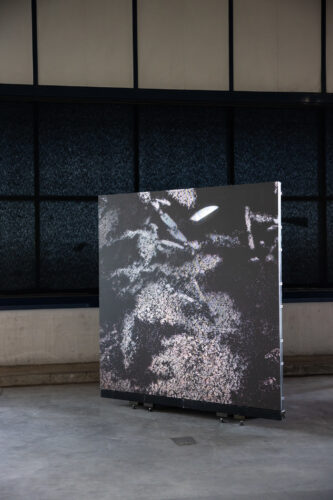
TAFAA–TINA UNFOLLOW ALICE
Chloé Delarue (FR)
Following her residency at CERN, Chloé Delarue was invited to return to the Laboratory to develop a commission for the CERN Science Gateway. The video installation TAFAA–TINA UNFOLLOW ALICE establishes poetic and aesthetic parallels between the world of subatomic particles and the digital realm, exploring the notion of matter as the constitutive substance of our…
-
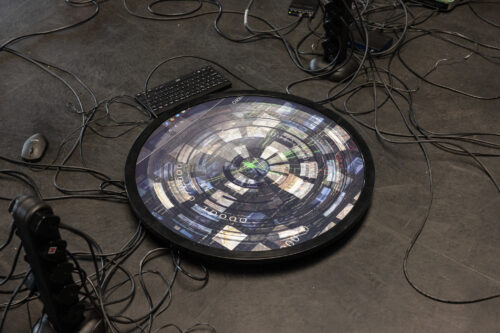
THE ORACLE
Stanza (GB)
The Oracle is a transdisciplinary artwork exploring the future of cities governed by algorithms and acts like a portal. Continuously transforming, the artwork generates an oracular vision of the near future by analysing thousands of city-wide data inputs to make predictive outputs. The machine re-mediates all the collected data, suggesting data consciousness, thereby implying that…
-
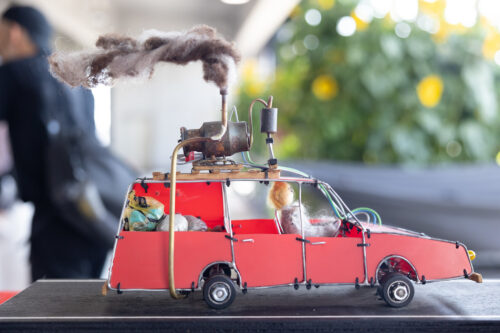
The Plastic Car
Gijs Schalkx (NL)
Gijs Schalkx redesigned an abandoned car to run on fuel made from his own plastic waste.
-
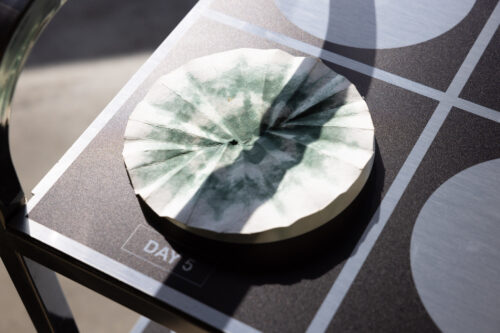
The Solar Share
DISNOVATION.ORG (FR/PL/CA)
The Solar Share project challenges prevailing economic models with insights from sunlight-harvesting organisms that are crucial to life’s metabolism. Featuring a one-square-meter microalgae bioreactor, it highlights human dependence on photosynthesis and proposes edible microalgae as a new economic unit, representing daily biomass yield. It offers a transformative economic system that reintegrates human metabolism and energy…
-
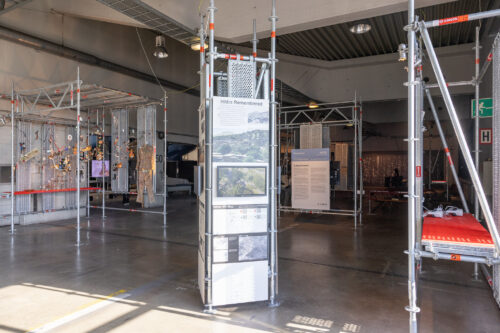
VRJ Palestine
Artists: Nisreen Zahda (PS)
VRJ Palestine project experiments and explores the possibilities and limitations of using Virtual Reality tools to recapture places lost during the 1948 Nakba and its aftermath. This is achieved by virtually reconstructing the demolished Palestinian villages based on available archival data and survivors’ accounts.
Credits
Presented with the support of STARTS Ec(h)o, STARTS4Africa, STARTS in the City, Label4Future and FUNKEN Academy.
STARTS Ec(h)o is funded by the European Union under Grant Agreement No. 101135691.
STARTS4Africa has received funding from the European Commission’s Directorate-General for Communications Networks, Content and Technology under Grant Agreement No. LC-01960720.
STARTS in the City has received funding from the European Commission’s Directorate-General for Communications Networks, Content and Technology under Grant Agreement No. LC-01984766.
Label4Future is funded by the European Union (European Innovation Council and SMEs Executive Agency EISMEA) under grant agreement No. 101133162).
FUNKEN Academy is co-funded by the Creative Europe Programme of the European Union.
